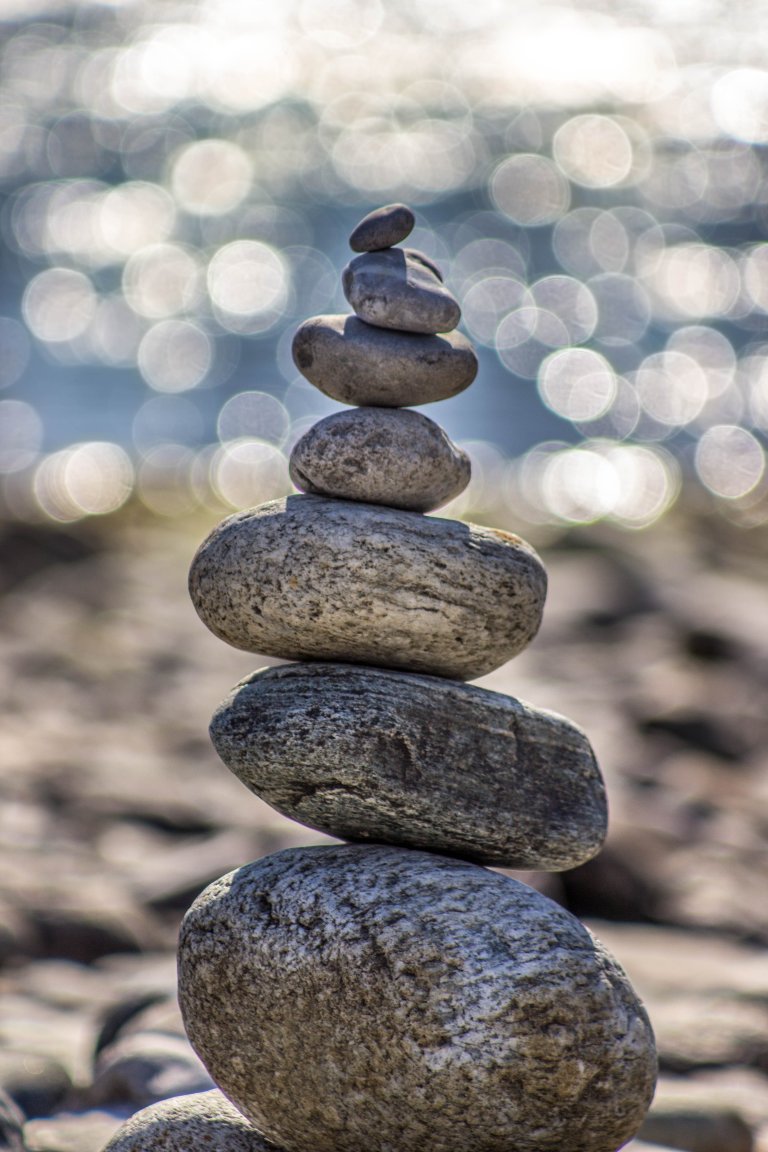Granite kitchen countertops – natural stone material
Among the most sturdy surface choices, stone is normally scrape- and warm- immune substance that offers many different textured appearances. These include granite, marble, limestone, travertine, soapstone, slate, and lavastone. Generally, granite is possibly grey or pink in tinting with mottling in tones of black, grey, and lotion, depending on the mineral composition of the particular piece. Granite is an extremely difficult stone, which makes it extremely immune to home heating, scraping, and banging. It is porous, which implies that it is not stain-resistant, but properly used sealers, which should after that be reapplied every a number of years, can efficiently prevent staining. Granite naturally can be found in various shades of color with countless mottling patterns, using a broad variety of looks. Mostly granite cooking area countertops considered a higher end material; the cost of granite has actually boiled down recently, making it a significantly cost-effective option. The real degrees differ depending on the piece and the quarry, but you might intend to consider having your piece tested for exhaust degrees before purchase. Marble is a metamorphic rock which is closely pertaining to sedimentary rock. Like granite, marble is warmth and waterproof. Kitchen countertop applications, limestone generally is available in tones of light grays and pastel yellows, providing a lightly grained surface area that is commonly much more downplayed than marble. Naturally, you should choose a harder choice as it will be extra sturdy and scratch-resistant. Like granite, limestone requires regular sealing to avoid staining. In basic, rock is a much more upscale alternative for kitchen area counters and much more expensive yet higher quality than the vast majority of counter top products.
